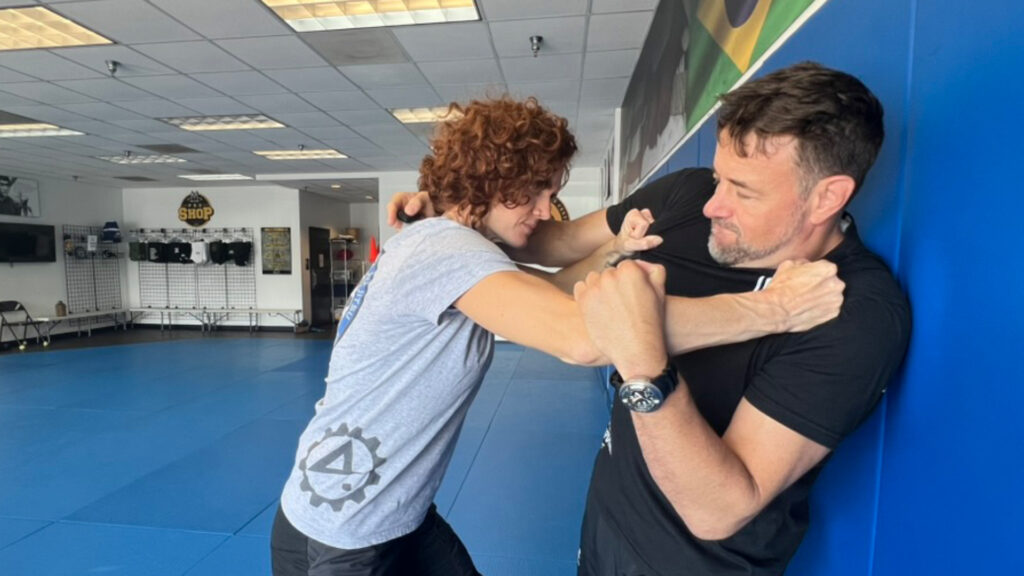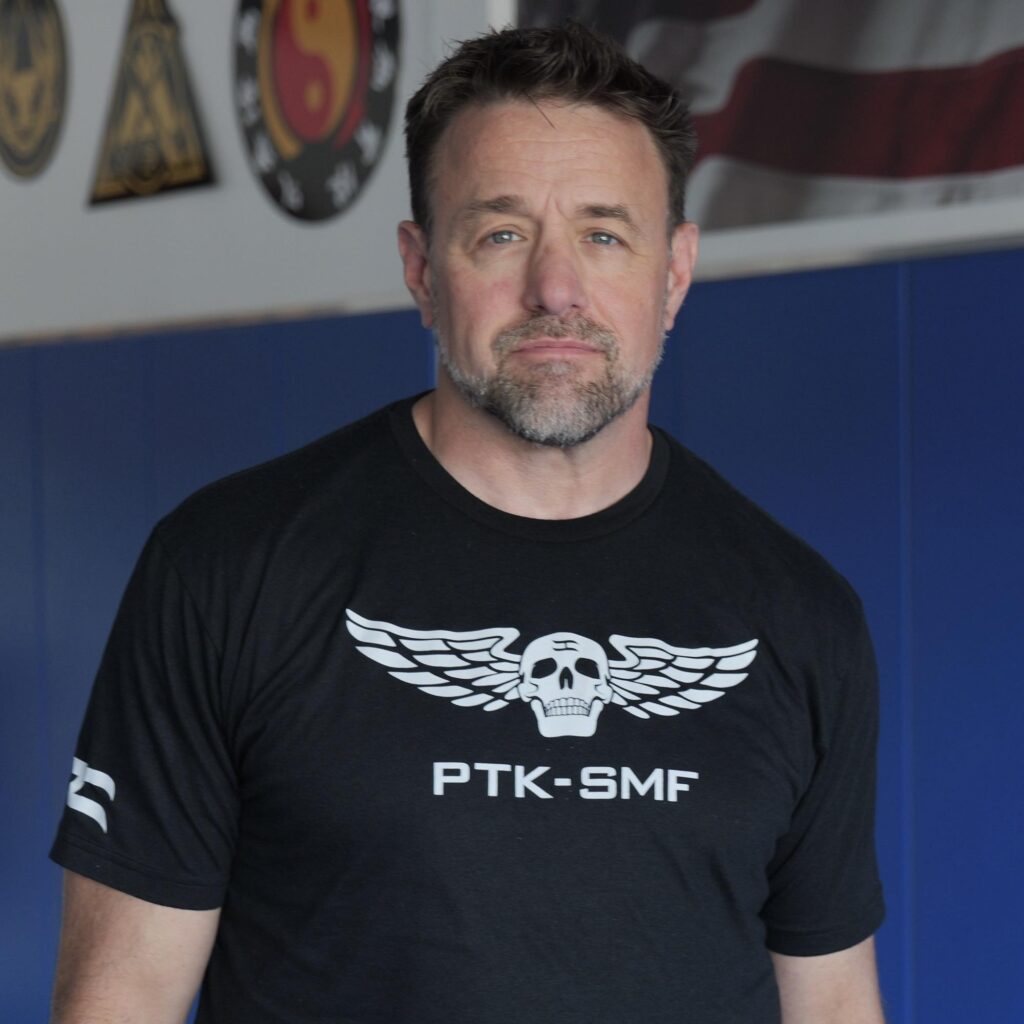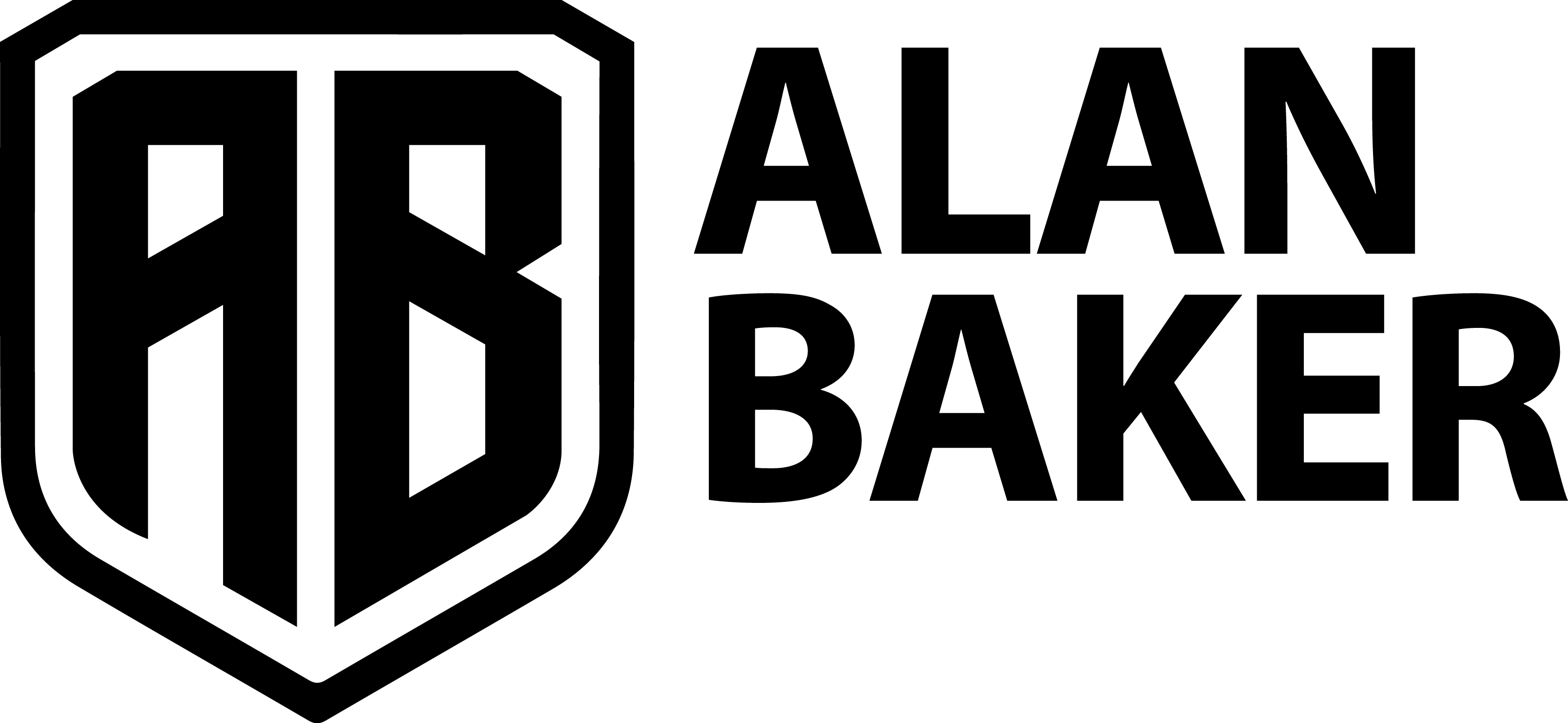
In my experience, most martial arts systems begin the study of body mechanics on an open mat in an open space. This essential approach forms the foundation of learning how to generate destructive force effectively. When you have room to focus on your movement and power without external limitations, you can build the necessary mechanics for striking and overall body movement.
A great example of this is developing power in fundamental strikes, like the jab and cross. These core techniques demand precision in mechanics—proper weight transfer, hip rotation, and skeletal alignment. This attention to detail is easier to explore in an open environment where the focus is solely on the body’s ability to produce force. However, once you’ve developed that power and mastered the mechanics, these principles can be applied to other weapon systems or environments. The same mechanics used to generate force with your jab and cross translate directly to tools like sticks, knives, or improvised weapons.
Where many martial arts systems focus solely on open-space training, I advocate for a more comprehensive approach. In my view, it’s equally crucial to explore power generation in less ideal, out-of-position situations. This concept was first introduced to me by Guro Dan Inosanto during my study of Filipino Martial Arts (FMA). In FMA, we were challenged to train in various body positions, a practice that forced us to adapt our mechanics to generate force from different angles and stances.
Here’s the list of positions I currently incorporate into our training:
• Standing
• Squatting
• Kneeling
• Sitting
• Lying
• Quarter Position
We start by training in these positions in open space, much like traditional mechanics training, but the goal is to develop destructive power from each of these stances. I often tell my students they should be able to create 360 degrees of ballistic force from any of these positions.
This training ensures that no matter the situation or environment, you have the ability to deliver effective strikes and movements, whether you’re standing tall or caught in a compromised position. Later in my career, I was taught the “around the world drill” by Justo Diéguez, the founder of the Keysi Fighting Method. This drill is used in the same manner to ensure a student finds their gaps in knowledge and training so they can correct the gap in their training.
“Do not fight the enemy’s strength; find his weakness.” – Sun Tzu, The Art of War
Using this training and approach has allowed me to discover and develop effective grappling and striking mechanics in allthese different positions. By practicing in a variety of stances—whether standing, squatting, kneeling, or even lying down—you learn to generate power and apply techniques in non-traditional situations. This method forces you to think beyond the typical systemized mindset often ingrained in many martial arts cultures.
Rather than relying on ideal scenarios or fixed positions, this training makes you adaptable, preparing you for real-world situations where things aren’t always perfect. It challenges the notion of rigid structures and encourages fluidity, ensuring that you can strike, grapple, and move effectively from any angle or position. This adaptability is a crucial aspect of what I believe makes martial arts practical and applicable in everyday life.
Once you’ve developed these skills in open space, the next step is to apply them to different surfaces or structures. One of the first surfaces I focus on is the vertical plane, such as walls or the sides of vehicles. The idea is to take the same mechanics and body positions you’ve mastered—standing, squatting, kneeling, sitting, or even lying down—and apply them in this new environment.
By doing this, you learn to maintain the same blueprint for generating power and applying techniques, even when you’reworking against a vertical surface. My goal is to ensure that I can produce the same level of effectiveness in each position, regardless of the surface. Training like this helps me become familiar and comfortable with the vertical plane so that if I’m ever placed in that situation—whether it’s against a wall in a self-defense scenario or against the side of a vehicle—I’m not out of position.
This type of training forces me to engage with the environment, learning to use the surface to my advantage rather than seeing it as an obstacle. Integrating these variables into your training prepares you for real-world applications where you’ll likely be in non-ideal conditions. Mastering this adaptability ensures that you can still generate power and execute your techniques effectively, no matter the surface or structure you’re up against.
After working with vertical surfaces, the next step in our training involves incorporating tables and chairs into the study. Just as we do with walls or other vertical surfaces, we apply the same mechanics and positional blueprints to these new structures. The key is to find consistency in how we generate power and apply techniques, regardless of the environment or surface.
Tables and chairs introduce unique challenges because they often force you into unconventional positions, whether that’s navigating around obstacles, using them for support, or fighting in cramped quarters. Training in these scenarios helps you develop the ability to apply strikes, grappling techniques, and leverage while working with or around the furniture. Whether you’re standing, squatting, kneeling, or even pinned against or on top of a table, the goal remains to develop the same level of power and control you would in open space.
“Be formless, shapeless, like water.” – Bruce Lee
If your training or system only focuses on one environment—which is often the case in many traditional martial arts systems—it’s time to explore how you can broaden your approach. It’s easy to fall into the habit of training only in ideal or controlled conditions, but in real-world situations, you’re unlikely to encounter such predictability. By adding environmental variability to your training schedule, such as working with vertical surfaces, tables, chairs, or confined spaces, you can greatly enhance your adaptability and effectiveness.
Don’t allow your martial art to “systemize” or lock you into one method, one stance, or one way of thinking. Systems,while valuable for structure, can sometimes limit creativity and the ability to respond to unexpected scenarios. The goal is to expand beyond the fixed patterns and rigid environments and to train in ways that prepare you for the chaotic, unpredictable nature of real-world encounters.
Incorporating these unconventional elements into your training not only strengthens your physical skills but also forces you to think outside the box. It challenges you to adapt, to find creative solutions in less-than-ideal situations, and to break free from any limitations imposed by the system itself. By doing so, you’ll be better prepared for the broad range of environments and challenges you could face in real-life encounters, making you a more versatile and capable martial artist. These are all training methods we follow in the C-Tac Self Defense Program..
Shift Your Perspective, Take Action, & Lead Yourself To Greatness
~ Sifu Alan
Podcast – YouTube – Newsletter

Alan Baker is renowned for his dual expertise in crafting tailored Defensive Tactics Programs and high-performance coaching. Catering specifically to law enforcement agencies, military organizations, and security firms, Alan designs training regimens that emphasize practical techniques, real-world adaptability, and scenario-based training. His approach enhances the capabilities and readiness of personnel in intense situations. His clients include the Executive Protection Institute, Vehicle Dynamics Institute, The Warrior Poet Society, ALIVE Active Shooter Training, Retired Navy SEAL Jason Redman, Tactical 21, and many others. Sifu Alan is the creator of the C-Tac® (Civilian Tactical Training Association) System and Protection Response Tactics (PRT), two highly regarded training systems that emphasize realistic, adaptive techniques for both civilians and professionals in high-risk fields. Explore Alan’s tailored programs here. Sifu Alan travels across the U.S., teaching camps and seminars on the programs he’s developed and the multiple martial arts he has studied for nearly five decades.
Beyond mere tactics, Alan stands out as the paramount “Self Leadership” coach, adept at unlocking the vast potential within individuals. With a deep passion for mentoring professionals, entrepreneurs, and those on personal growth odysseys, he focuses on nurturing a mindset of excellence. Alan’s coaching hinges on practical strategies that bolster mental resilience, focus, and drive. Teaming up with Alan means embarking on a transformative path where mental barriers are dismantled, inherent strengths come to the fore, and your goals become within clear sight. His profound insights enhance performance and sculpt a mindset tailored for triumphant success.
To delve deeper into Alan’s mindset philosophy, peruse his enlightening collection of books. If you’re ready to amplify your journey under Alan’s tutelage, connect through his official website.

